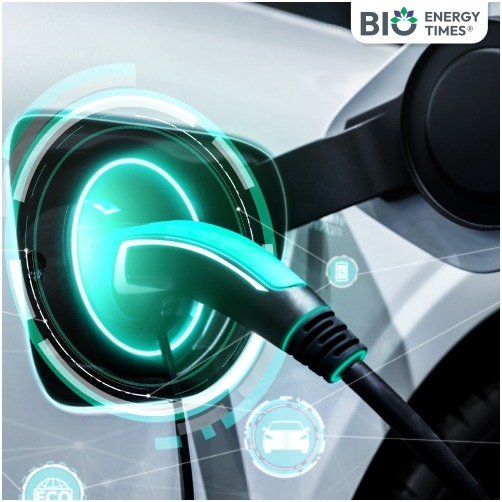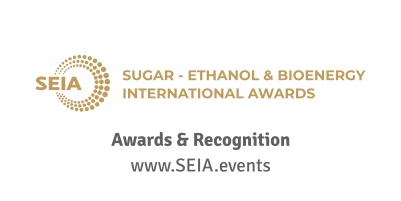India’s electric vehicle (EV) sector is growing, but at a considerably slower pace compared to the top 10 global markets, according to a recent report by Intelsense.
In FY24, EV sales in India increased by 27% year-on-year. However, the country’s EV penetration remains modest, with electric vehicles accounting for just 2–3% of new car sales. This figure falls short of the 5% average seen across the top 10 EV-adopting nations.
Despite not ranking among the top 10 globally in terms of growth rate, India is positioned just outside that group and is recognized as the fastest-growing large market in this space. Currently, India ranks around 11th or 12th worldwide, behind emerging players such as Thailand, Vietnam, and Mexico.
Low EV penetration compared to global peers is seen as a potential hurdle to India’s target of achieving a 30% EV market share by 2030. Nonetheless, the report notes that India is making measurable progress toward this goal, with steady increases in EV registrations and ongoing improvements to its charging infrastructure.
In 2024, EV sales in India reached 1.94 million units, with growth primarily driven by two-wheelers and three-wheelers, which continue to dominate the market. In the passenger vehicle segment, companies like Tata Motors, Hyundai, Mahindra, and MG are among the leading EV manufacturers. However, their market performance has yet to meet expectations, particularly in terms of expanding four-wheeler sales and supporting infrastructure such as battery networks and public charging stations.
Hero Electric, Ola Electric, and TVS remain the top players in the two- and three-wheeler EV segments.
The report also highlights the need for India to accelerate its efforts to reach critical adoption milestones, even as the overall growth remains strong in absolute numbers.
A significant challenge facing the country is its near-total dependence—estimated at 95–100%—on imports from China and East Asian countries like South Korea and Japan for key EV battery materials.
To reduce this reliance, India has been ramping up efforts to identify and develop domestic lithium reserves. The discovery of 5.9 million tonnes of inferred lithium resources in Reasi, Jammu and Kashmir, ranks among the top 10 largest reserves globally. Other potential lithium sources have also been identified in Karnataka, Himachal Pradesh, Uttarakhand, Jharkhand, and Rajasthan.
In addition, domestic refining capacity is gradually taking shape. Lohum recently commissioned India’s first battery-grade lithium refinery with a capacity of 1,000 tonnes per annum (TPA) in March 2025. Meanwhile, Vardhaan Lithium has partnered with the Maharashtra government to establish a 60,000 TPA refinery near Nagpur, in Butibori.
















